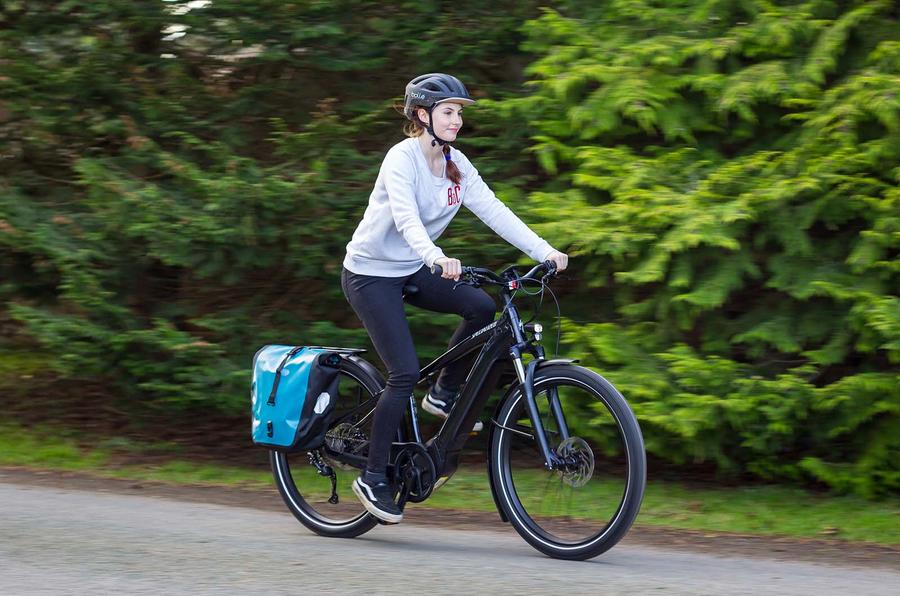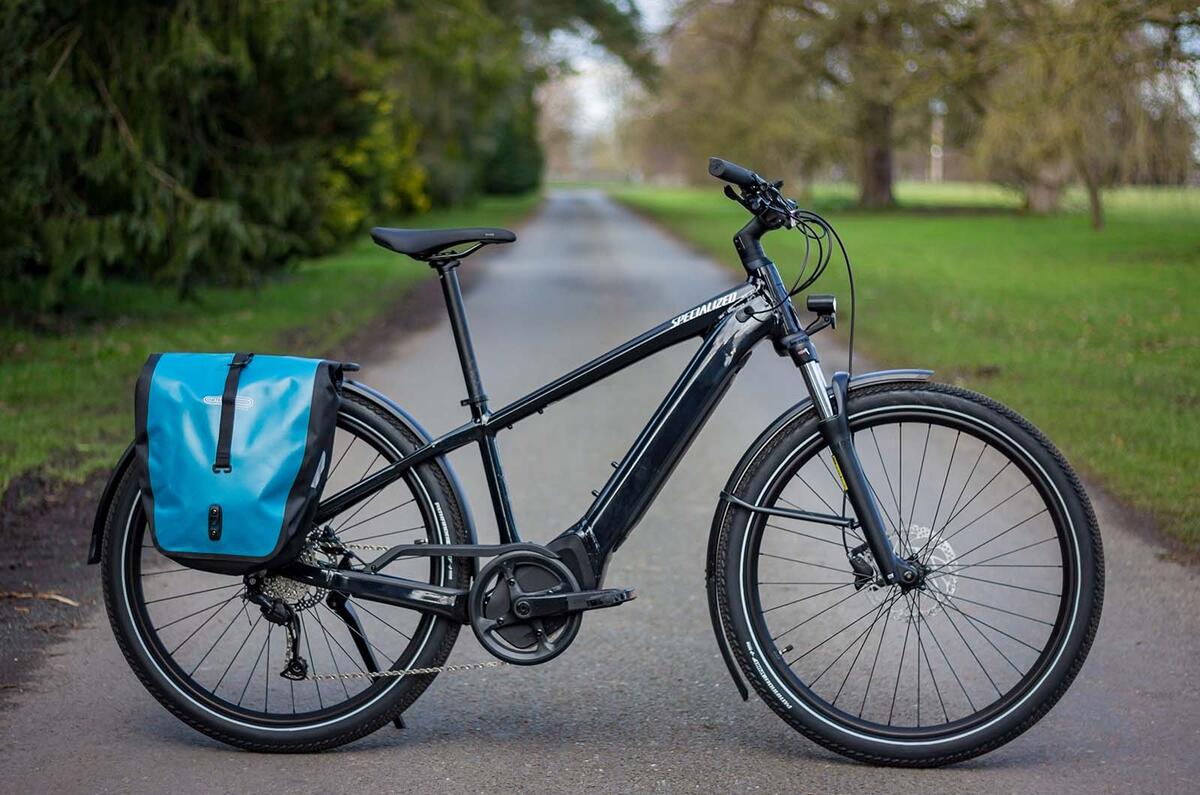Move Electric rating: four stars out of five
What does it cost?
£3350
What is it?
According to Specialized's marketing copy, The Turbo Vado 3.0 is 'an electric bike for life', and I'm inclined to agree. It's an urban electric bike but capable of so much more. Running to the shops, riding to work, hitting the towpath for a family bike ride, it can handle a lot and at a not particularly terrifying price, too.
I tested the Specialized Turbo Vado 3.0 2022 model which has seen some big improvements from the 2021 version. New 650b wheels rather than 700c, a completely redesigned frame, and more carrying capacity are just some of the new features for this year.
The Vado 3.0 is the entry-level bike of the Vado range, but to be honest, there's nothing entry-level about it. The frames remain the same throughout the range, with only the motor, battery and drivetrains changing. Unlike other 'bottom of the pile' models, I still felt like this was a premium option and didn't feel like there was anything I'd instantly want to upgrade.
What is it like?
The Specialized Turbo Vado 3.0 is one of the most adept electric bikes I've ridden. The ride is super smooth, with 80mm travel in the forks and the frame redesign. It's compliant, but it handles well. However, it is a big bike and you are reminded of that when you bring it to a stop. It weighs around 24.9kg but you don't feel the weight at all once you're moving.
The motor is a proprietary system from Specialized called the Specialized 2.0E. It's mid-drive and provides up to 50Nm of torque which is impressive for an urban bike. The more expensive models have more torque, but I never felt like it was lacking any, particularly for its designed purpose. While I was riding against the various storms we've seen lately, the bike held its own and the only time I heard the motor under any kind of strain was up a steep incline. Otherwise, most of the noise you hear is from the rather wide tyres – although great for bridleway and towpath confidence, I'm not entirely convinced it needed them.
The assist levels can all be controlled through the MasterMind Turbo Connect Display, via a small handlebar attached remote (see images) which I thought was brilliant. It's intuitive, shows you all the data you need including battery life, ride length, and even tells you what cadence you should be doing to get the most out of the battery range. It also has Bluetooth compatibility so you can connect the bike to Specialized's Mission Control app. This has plenty of features that helps you to feel like you can customise your bike to your riding, and some impressive safety characteristics, too.




















Join the debate
Add your comment
I agree with the other commenter who said as soon as he saw the price he quit reading. Equally important, as far as I see it, is that while eBikes are a great answer to urban congestion and, I dunno if you've noticed, millions of people live in urban flats. A twenty five Kg bike is no answer unless the battery is removable, so the bike can (hopefully) be locked up downstairs and the battery charged in the home. Batteries could be uniquely coded to the frame making theft less practical for the opporunist thief. I have a rather super eRoad Bike and, at 16Kg it's just about liveable with two flights up, considering that it's value precludes leaving it anywhere. These bikes are far too heavy; you need to think more practically about how eBikes can solve problems for everyone, not just the suburban middle class.
When cor companies are charging £3,000 for 2 TV screens on the rear seats or £2,000 for parking assist packs, £3350 isn't bad for a complete electric assist vehicle.